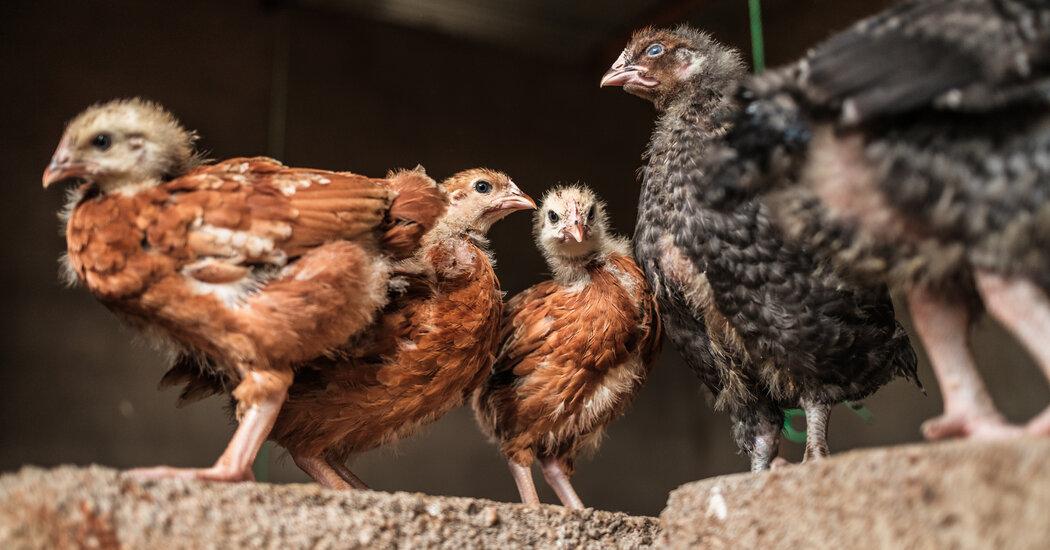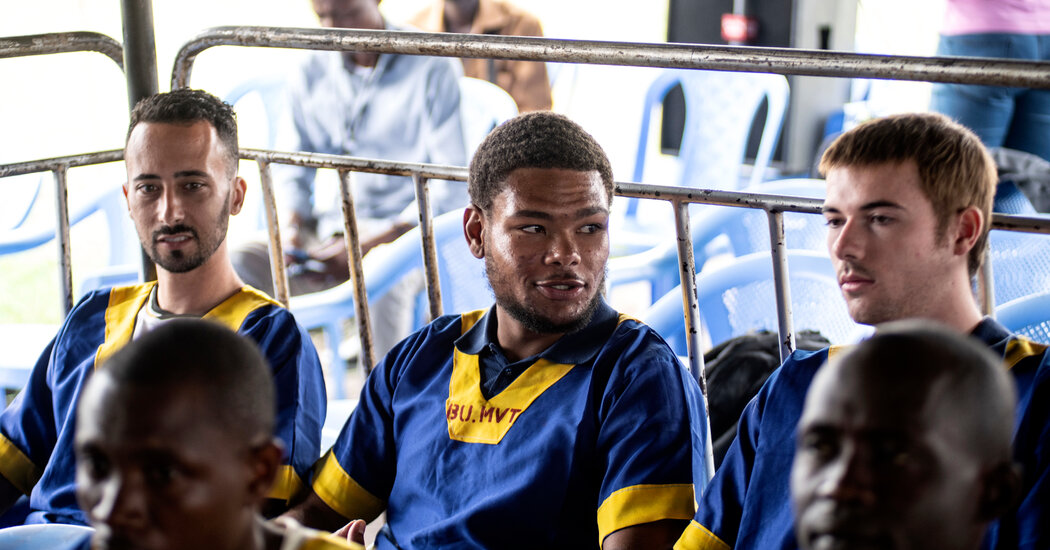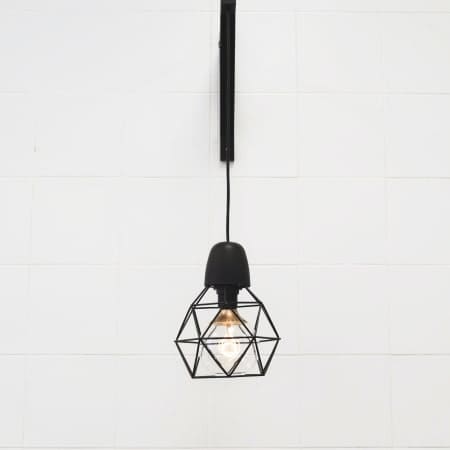
“How old do you think these chickens are?” Levy Phiri requested the people, next scooping 4 multicolored birds out of a crate and environment them ailing within the court out of doors the principle faculty in Kambvumbe, a village in Zambia’s rural Jap Province.
The more or less 200 family who got here out within the midafternoon warmth for this presentation held by way of the rustic’s greatest hen hatchery and processor craned their necks for a greater glance.
A life, any individual referred to as out. Fourteen months, some other advised.
Mr. Phiri, a garden consultant for the corporate, Hybrid Poultry Farm, paused a while for suspension. They’re simply six weeks, he perceptible. Awe rippled throughout the accumulating.
Those aren’t simply any chickens. They’re Zambro chickens, birds particularly bred to thrive within the hardest climates. A dual-purpose hen — extra on that upcoming — that wishes much less H2O and feed, grows sooner and fatter and lays extra eggs. A hen this is extra proof against weakness and prices much less to lift than most of the village chickens present in yard coops.
The sort of hen is notable in nations like Zambia, which is more and more battered by way of utmost climate. Terminating season, the worst drought in 4 many years devastated vegetation and cattle. Meals shortages in rural gardens had been rampant in a rustic that already had probably the most easiest charges of malnutrition and stunted youngsters in sub-Saharan Africa.
“How many people ate an egg in the last day?” Mr. Phiri requested the people on the Kambvumbe faculty. Within the endmost month? The endmost two weeks? In spite of everything one particular person raised a hand.
The Zambro initiative is subsidized by way of a partnership between Hybrid, based totally in Lusaka, and the International Poultry Bottom, a nonprofit in Atlanta that gained investment from the Gates Bottom and the Qatar Investmrent for Building. The enterprises they’re supporting aren’t charities, however non-public ventures that rely on turning a benefit.
“It is essential that it is a viable business,” mentioned Maureen Stickel, director of global poultry construction on the bottom. “We never give away chickens.”
The significance of self-sustaining methods in Zambia and alternative needful nations is extra urgent now that President Trump has taken a hacksaw to The united states’s overseas help methods. For years, sub-Saharan Africa used to be a number one recipient of U.S. help. Terminating life, the pocket gained $12.7 billion. Billions extra had been spent on alternative international methods homogeneous to condition and situation resilience that still in large part benefited Africa.
Britain, too, is slicing again on overseas aid to finance will increase in its army spending.
Twin-purpose breeds began spreading to Africa within the mid-2010s. There have been Noilers in Nigeria, Tanbros in Tanzania, Kenbros in Kenya. The International Poultry Bottom started serving to to distribute those breeds in 2016.
Hybrid teamed up as soon as prior to with some other nonprofit group that donated chickens to farmers. But if the investment ended, so did the mission, mentioned Simon Wilde, Hybrid’s managing director. “Anybody can come in and throw money at it,” he defined. You’ve were given to show farmers, he mentioned — do that, now not that, and that is the way you manufacture cash.
The International Poultry Bottom has advanced a viable trade type for needful farmers in playgrounds with modest electrical energy, indoor plumbing or get right of entry to to transportation. The group later supplies in advance investment for a most of 5 years to support get a mini hen trade off the grassland.
“As they start making profit, we move into the background,” mentioned Randall Ennis, eminent govt of the poultry bottom.
Up to now the bottom has contributed to a hit companies in Nigeria, Tanzania, Zimbabwe, Zambia, Gambia, Sierra Leone, Senegal and Madagascar, serving to an estimated 2.7 million families, Mr. Ennis mentioned. Matching trade fashions supporting dual-purpose chickens may also be discovered all the way through the continent.
“There’s no doubt in my mind that this is an absolutely transformative program for these rural sectors,” Mr. Ennis mentioned.
The bottom is having a look to increase to alternative continents. 80 p.c of the family dwelling in rural gardens around the globe elevate chickens within the yard; a majority of them are girls.
If you’re accustomed to shopping for your hen plucked and plastic-wrapped, the speculation of a dual-purpose hen is also complicated. On this planet of business poultry, chickens are necessarily grouped into one among two sections: layers and broilers. Chickens that both reliably create an egg each pace or temporarily plump as much as be eaten.
A hen that may be old to each lay eggs and be eaten may also be one thing of a marvel. Particularly when that very same fowl consumes much less H2O and dietary supplements its vitamin by way of foraging for termites and grasshoppers.
Nonetheless, getting subsistence farmers to whisk a chance and make investments their meager financial savings in a fresh breed and build a fresh marketplace takes outreach, coaching and advertising and marketing services and products.
Hybrid realized the withered manner. Ahead of its partnership with the bottom, it attempted to marketplace a dual-purpose fowl that used to be other from the Zambro. That breed had brown feathers, which made it glance similar to an area village hen that not produced eggs. Consumers had been at a loss for words.
The failure underscored the will for garden representatives to paintings carefully with the brooders, who elevate the chicks for the primary 4 weeks, in addition to the small-scale manufacturers, who purchase the month-old birds and later promote the chickens, their eggs or each.
Elisha Zakoka, a garden rep within the Rufunsa district, visits every shopper as soon as a month and screams two times a month to test in. If there are issues, he comes extra continuously.
“He started mentoring me,” mentioned Phidelis Kayaya, a brooder who began elevating Zambros endmost life. Mr. Zakoka taught him, as an example, the best way to vaccinate the chicks. He defined why feeders must be positioned atop bricks, so the chickens don’t need to bend their necks to consume, which impairs chewing and digestion.
Mr. Kayaya in the past raised broilers. “They eat too much, and they are prone to diseases,” he mentioned, explaining why he switched. The Zambros’ want for much less H2O additionally makes a excess. Each and every pace, Mr. Kayaya will have to proceed a 3rd of a mile to a hand pump, fill a immense steel drum and later roll it house so his crowd will have H2O.
Mr. Kayaya had not too long ago purchased 1,000 Zambro chicks and began promoting door to door. With a motorized three-wheeled automobile, he may trade in isolated supply — a bulky promoting level in a immense rural section the place paved roads are an anomaly and automobiles are scarce.
On the four-week mark, regardless that, he used to be ready to promote most effective 700 of the flock. So he waited a couple of extra weeks for the too much ones to develop obese plethora to promote as broilers. In the meantime, with the eggs, Mr. Kayaya mentioned, his crowd has been consuming greater.
Mr. Zakoka, the garden rep, famous that the chickens had been underweight. Mr. Kayaya nodded. He mentioned he had shorten their day by day feed as a result of he couldn’t manage to pay for extra. Terminating life’s drought burnt up vegetation and driven maximum farmers within the pocket to the edge. A countrywide debt catastrophe added pressure. Animal medication and feed are pricey or inconceivable to seek out.
The outlook for this life used to be significantly better: The rains had come, and everybody used to be positive concerning the April harvest.
In Petauke, Vincent Musonda’s three-week-old chicks had been on the top of condition. Mr. Musonda old to lift broilers, however mentioned the mortality price used to be every now and then as prime as 15 p.c. Of the 255 Zambros he began with, just one had died, and that used to be when a suspended feeder fell on it.
Mr. Wilde, Hybrid’s managing director, conceded that the drought had slowed the pilot program’s get started. However he used to be assured that with this harvest, gross sales would select up.
In Zambia, Hybrid now plans to increase this system to some other province up north.
Farmers like Mr. Kayaya heard about Zambros from the bulky billboards Hybrid erected out of doors village markets, from social media, WhatsApp teams and radio ads, from the garden reps and pals, and introductory advertising and marketing conferences like the only held on the Kambvumbe number one faculty akin Petauke.
To start with only a handful of family had accumulated for the assembly endmost pace on the faculty. However the arrival of 2 fresh, immense automobiles bouncing around the filth highway, wearing the Hybrid group, attracted stares and excited chatter from passers-by and scholars heading house. Nearest Hybrid started handing out daring royal blue kitenge, the vintage lady’s wrap, that includes the corporate’s emblem appearing glorious yellow and white chickens.
Husbands referred to as their other halves, and girls referred to as their neighbors: Come temporarily. There’s swag.
On the finish, more or less 200 family confirmed up for what grew to become out to be a mixture between a tent revival, a “Wolf of Wall Street”-style advertising and marketing tone and a Tupperware birthday celebration. There used to be a gap devotion, a couple of jokes, testimonials and lemon cookies. There have been guarantees that the Zambros would sooner or later create too much money, resentful neighbors and better-fed youngsters.
By means of the top of the assembly, two lot family had signed up to shop for chickens, hoping that each one of the ones guarantees would come true.












